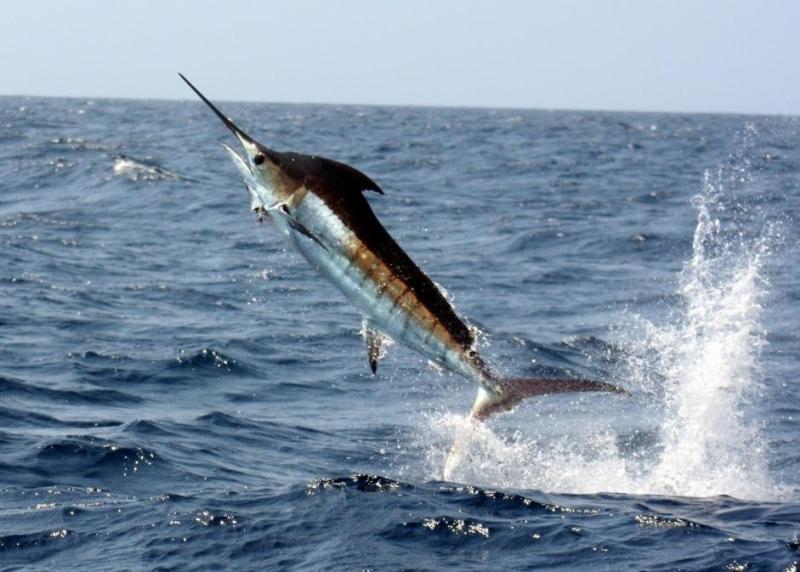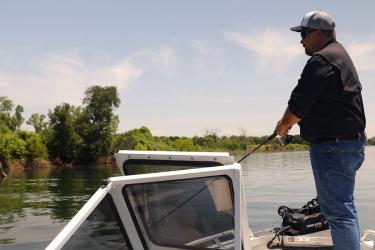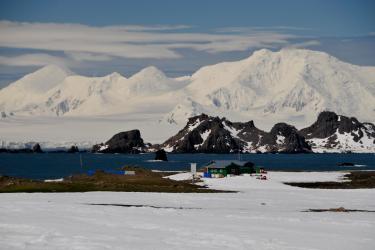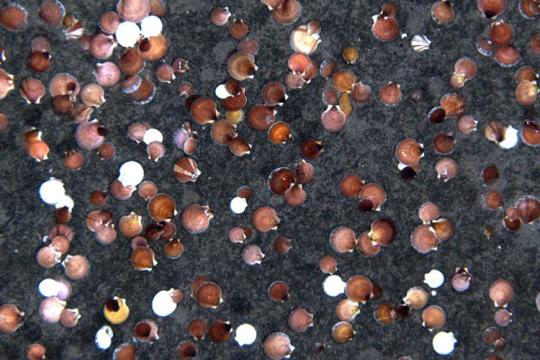Highly migratory species (HMS) like swordfish, many tunas, and thresher and mako sharks play a major role in both the commercial and recreational fisheries on the West Coast. They are vital to maintaining a balanced ocean ecosystem and generating millions of dollars from economic activities across a broad range of businesses—from marine supply and service providers, shipyards, and processors to hotels, restaurants, seafood retailers, and tackle shops.
But responsible, effective HMS management is as challenging as it is crucial. As the name suggests, these fish traverse thousands of miles of ocean each year. This poses a unique set of difficulties in assessing stock size and health, and strong cooperation is needed among scientists and managers across state, regional, and international boundaries.
Until recently, these challenges were made more daunting by outdated and inefficient data collection and reporting systems. For both recreational and commercial fisheries, data on HMS are derived from state landings information, logbooks, onboard and dockside sampling, observer reports, and other sources. The information was then sent to four different agencies working independently of one another. Creating comprehensive data for a stock assessment, management action, or treaty obligation was a time- and resource-consuming process.
Now thanks to funding from a competitive request for proposals—managed by the Fisheries Information System program in partnership with the National Observer Program and the National Catch Shares Program—West Coast HMS data management is coordinated through a single source, the eastern Pacific HMS professional specialty group. The results so far have been highly encouraging.
“The efficiencies and cost savings of the new system have only begun to be realized as duplicative reporting is eliminated and manual compilations of data in spreadsheets get replaced with automated, web-based reports,” said John Childers of the NOAA Southwest Fisheries Science Center.
For fishermen, this translates to more timely data, which means better predictability in their fishing operations. “As we approach near real-time reporting of HMS catch, fishermen have the data they need to make decisions about when and where to fish before a quota has been reached and they have to shut down for the season,” Childers said.
Another significant benefit, enhanced through participation in Fisheries Information Systems working groups, has been better communication among disciplines and partners—such as data managers, program managers, programmers, and other staff from the NOAA Southwest Fisheries Science Center and West Coast Regional Office, the Pacific Fisheries Information Network, and the West Coast states. Improved collaboration and information-sharing is one of the key goals of the FIS program.
“I am very excited to see how much we’ve been able to accomplish in such a short time,” said Elizabeth Hellmers of the California Department of Fish and Wildlife. “Having the opportunity to collaborate with other fisheries agencies and provide our state’s input at each step of the process was key to opening the path forward. Now we have a modern, unified HMS dataset that can be used in more sophisticated ways than ever before.”
Hellmers also noted the new opportunity arising from better collaboration with fishermen. “Until now, reporting had largely been a one-way relationship—data were supplied by fishermen and used for science and management,” she said. “But many stakeholders never saw how their self-reported data was used to their benefit.”
With less time spent reconciling spreadsheets, more time and resources are available to help answer questions from fishermen about economic and environmental issues. For example, NOAA Fisheries is working with the California Department of Fish and Wildlife to provide San Diego fishermen with an economic analysis of local fisheries, which will inform their input during a major redevelopment of the Port of San Diego.
Looking ahead, the West Coast HMS data management efforts can serve as a model for how a streamlined process for collecting and sharing information, coupled with greater buy-in from data contributors, can lead to ongoing improvements in science and management, while also creating opportunities to apply fisheries data to an increasing range of issues and challenges.







